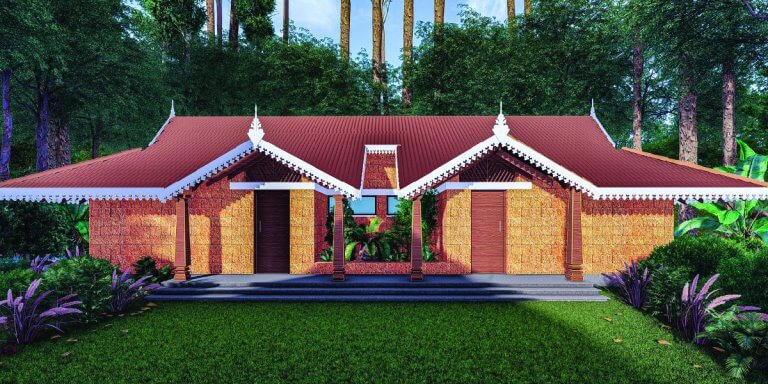The hit Youda Farmer time management game series is back with Youda agriculture land for sale near bangalore 2: Save the Village. After completing the first game, your well-deserved vacation is cut short when you learn that the farm and village are being bought over for “urbanization”. Help save the land by earning enough money with your farm products to buy it back. Transport raw produce, cook up expensive food and upgrade the village to create a profitable business and buy back the land!
The original Youda Farmer introduced a new style of time management game into the market. Contrary to what the game title implied, you didn’t actually do any farming. It was a transportation and resource optimization game. Your job was to make sure the farm produce gets to the village quickly so that it can be processed into food that sells well. Youda Farmer 2: Save the Village brings us back to this premise, with upgraded graphics, gameplay and a fresh new story.
The game begins just as you are taking a well-deserved tropical vacation after creating a great farm in the first game. You get a call from the mayor saying a Big Boss character is buying up the land to turn into parking lots or other similar urbanization projects. He pleads with you to go back and help earn enough money to buy back the land. (Doesn’t the mayor have the power to stop this Big Boss anyway?) So you return to the village and slowly work your magic to buy the village back one plot of land at a time.
As mentioned above, this is a transportation and optimization game. Raw materials such as milk, flour and wood are produced at various locations on the map, and need to be picked up before they go bad. You need to tell your truck which goods to pick up and in what order. The goods are then delivered to buildings in the village. They can be sent to the grocery to be sold immediately, or to other buildings to be processed further. For example, milk and flour can be sent to a bakery to be turned into pastries.
In general, you will need to earn as much money as you can with each delivery so that you can upgrade your buildings and buy more land. So you will want to sell processed food such as pastries which are worth more than the individual raw materials. However, the game is organized into chapters and levels, with each level introducing new types of raw produce, recipes and buildings. Each level will also has its own “quests” or goals that you need to achieve before the time runs out. These goals range from basic ones such as delivering 8 cartons of milk, to “technology” ones such as upgrading your lumbermill once you’ve earned enough cash.
After each level, the money you’ve earned is added to a pool which you use to buy back the surrounding land. What’s interesting is that you have a choice of which plots of land to buy first. Each plot costs a different amount, and provides you with different benefits. Buying the forest plot would make your wood sell for more, while buying additional farmland would increase the rate of flour and potato production. You can therefore tailor your land purchases to suit your playstyle and the types of goods you like to deal with. This customization also means that you will have a different experience each time you play the game.
There are also a number of minigames thrown in between levels so that the hectic transportation and organization tasks don’t wear you down. As you are busy coordinating your farm business, you will come across a few special objects hidden amongst the scenery. Collect enough of these and you will be taken to a minigame where you get to use these objects to create wacky machines. Every few levels, characters in the game will also pop up to announce other types of minigames. For example, a waiter will announce a village party which requires you to race against the clock and collect as much party supplies as possible.




